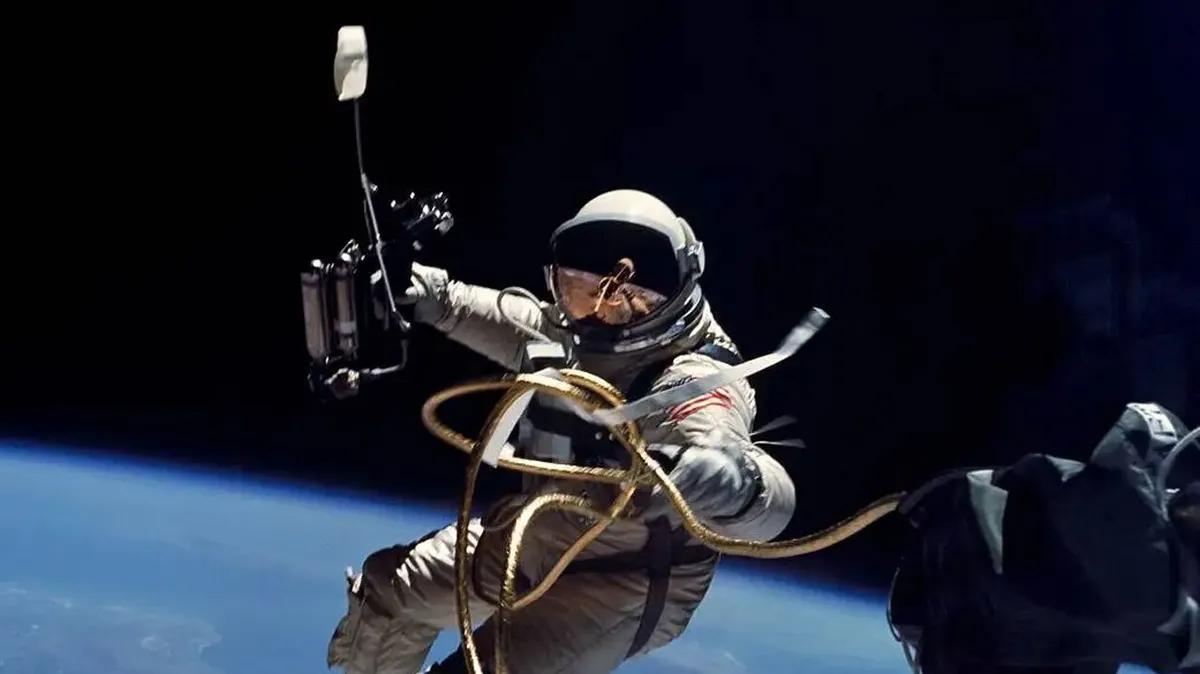
Sixty years ago, on June 3, 1965, NASA astronaut Ed White made history by becoming the first American to perform a spacewalk. This monumental event took place during the Gemini 4 mission, showcasing the advancements in space exploration and the incredible capabilities of human ingenuity.
The Gemini 4 mission, which launched from Cape Kennedy, was a pivotal moment in NASA's efforts to explore space. Ed White, a native of Texas, executed his historic spacewalk over the Pacific Ocean, beginning at 3:45 p.m. Eastern Time near the Hawaiian Islands. The spacewalk lasted an impressive 23 minutes, during which White traveled approximately 6,500 miles at a remarkable speed of 17,000 miles per hour.
During his spacewalk, Ed White skillfully maneuvered using a handheld maneuvering oxygen jet gun, which allowed him to push himself away from the spacecraft and glide along a 26-foot-long tether. This innovative technology was crucial for maintaining control in the vacuum of space. Once the fuel for the jet gun depleted, White relied on the tether to pull himself back and forth, demonstrating both his ingenuity and the importance of effective tools in space exploration.
As the spacewalk concluded, Ed White made a poignant return to the capsule, famously declaring, “This is the saddest moment of my life.” His emotional statement highlighted the profound experience of being outside the confines of the spacecraft and the unique challenges faced by astronauts during space exploration.
The Gemini 4 mission was not only significant for Ed White but also played a crucial role in studying the effects of prolonged spaceflight on the human body. White served as the mission pilot, while James McDivitt took on the role of mission commander. Together, they contributed to the foundational knowledge that would support future missions and the eventual journey to the Moon.
As we celebrate the 60th anniversary of Ed White's groundbreaking spacewalk, we honor the courage and pioneering spirit of astronauts who have paved the way for advancements in space exploration and inspired generations to look toward the stars.